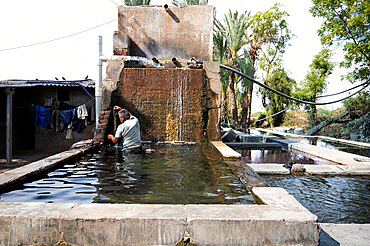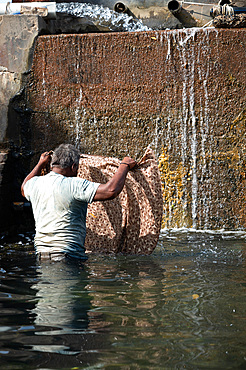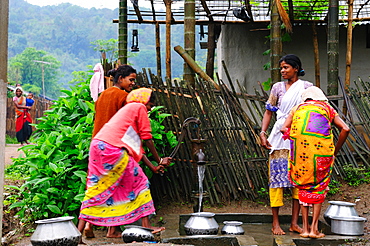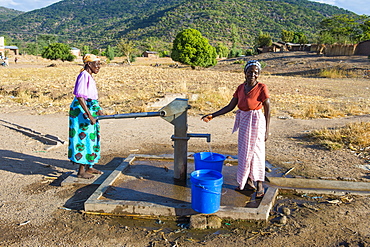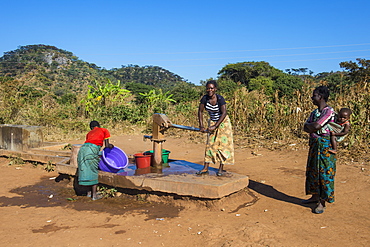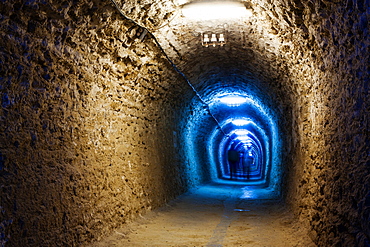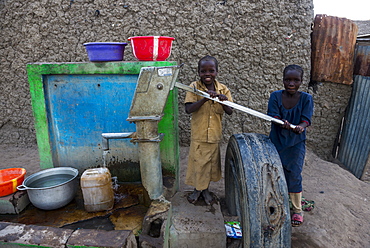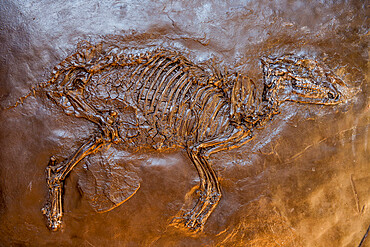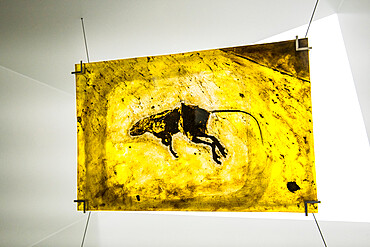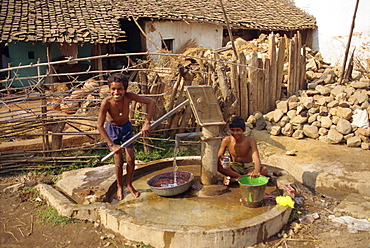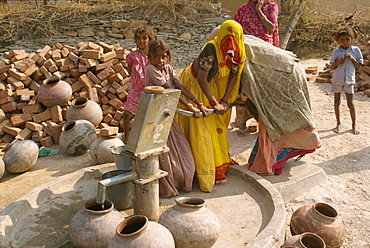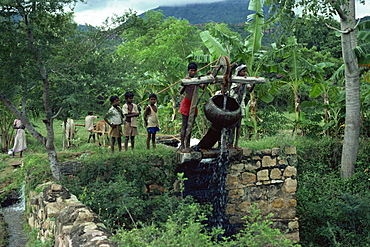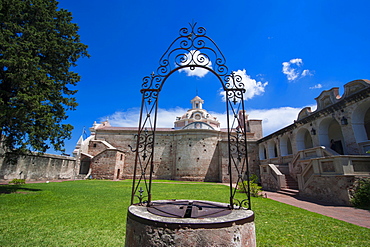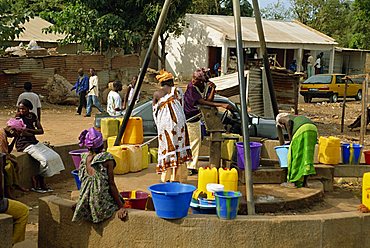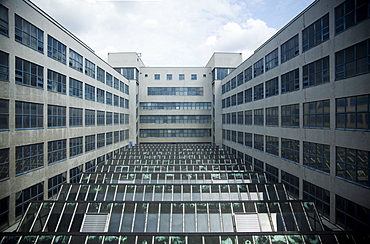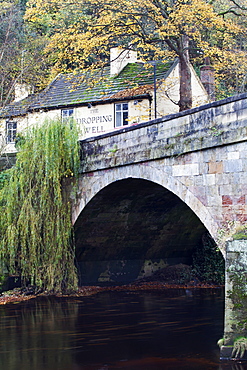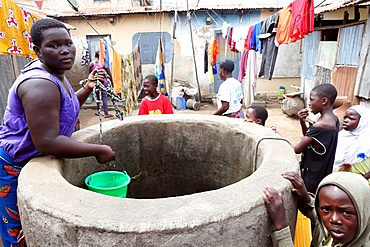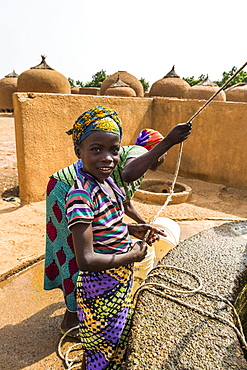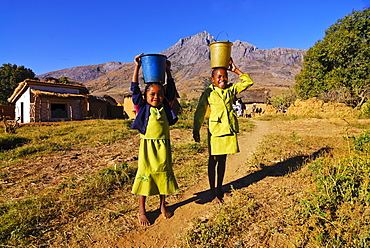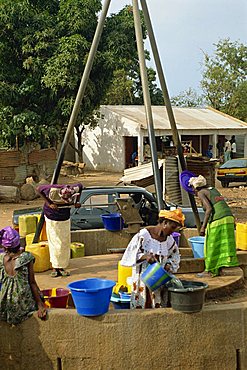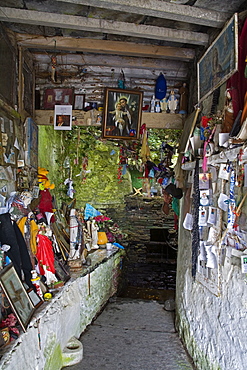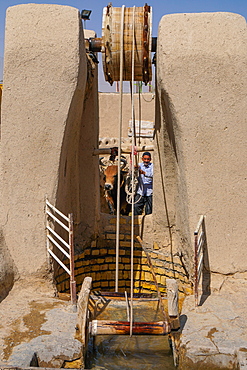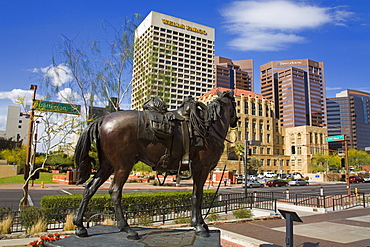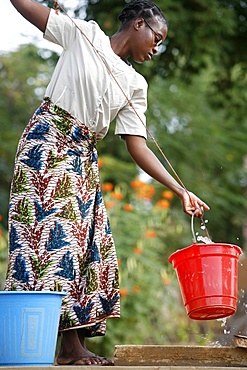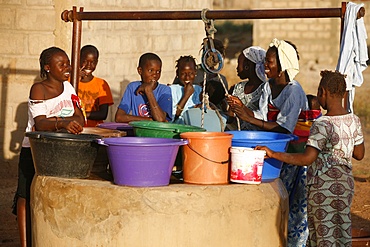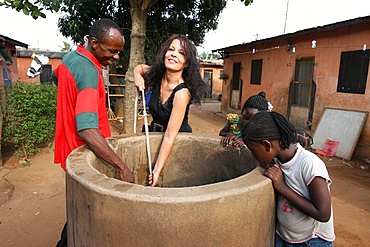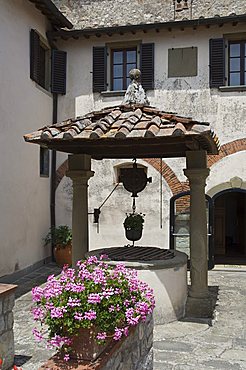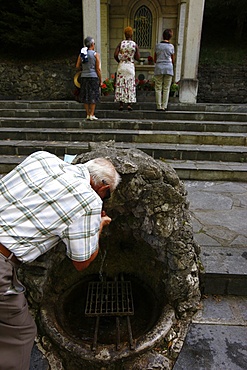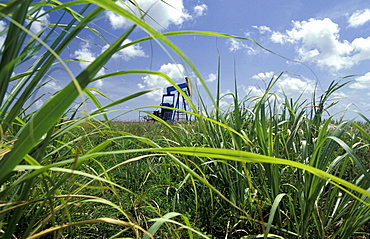Results
« Previous 1 2 3 4
318 results found

Primary school of the Leparua people, providing education as well as medication, Kenya, East Africa, Africa

The famous Painted Ladies, well maintained old Victorian houses on Alamo Square, San Francisco, California, United States of America, North America

Inhotim Institute, a museum and contemporary art museum as well as a botanic garden located in Brumadhino, Minas Gerais, Brazil, South America
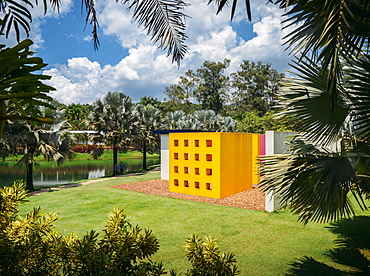
Inhotim Institute, a museum and contemporary art museum as well as a botanic garden located in Brumadhino, Minas Gerais, Brazil, South America

Inhotim Institute, a museum and contemporary art museum as well as a botanic garden located in Brumadhino, Minas Gerais, Brazil, South America

Inhotim Institute, a museum and contemporary art museum as well as a botanic garden located in Brumadhino, Minas Gerais, Brazil, South America
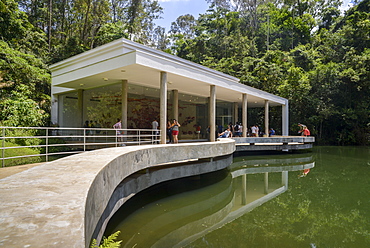
Inhotim Institute, a museum and contemporary art museum as well as a botanic garden located in Brumadhino, Minas Gerais, Brazil, South America
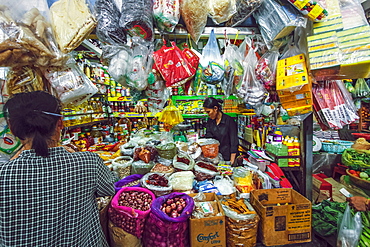
Woman and well-stocked stall selling goods and groceries at this huge old market, Central Market, city centre, Phnom Penh, Cambodia, Indochina, Southeast Asia, Asia
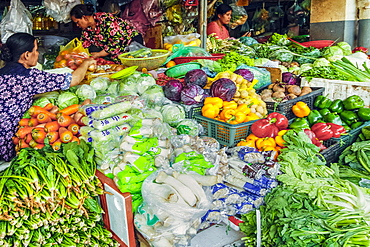
Well-stocked vegetable stall at this huge old market, Central Market, city centre, Phnom Penh, Cambodia, Indochina, Southeast Asia, Asia

Bedouins pulling water in a beautiful rock amphitheatre in the Ennedi plateau, UNESCO World Heritage Site, Chad, Africa

Farmer with work clothes drawing water from old well in Vinales National Park, UNESCO World Heritage Site, Pinar del Rio Province, Cuba, West Indies, Central America
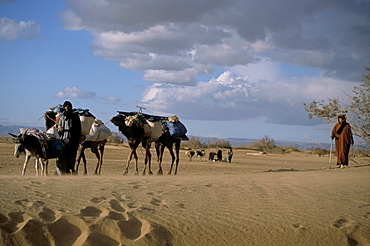
Camels and donkey being led from the well on desert trek, Draa Valley, Morocco, North Africa, Africa

Well of griffins and lions, 16th Century, by Palazzo del Capitano del Popolo, in Piazza Grande in Montepulciano, Tuscany, Italy
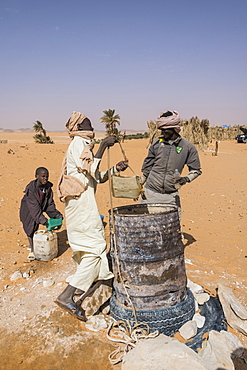
Local boys drawing water from their well in the desert between Ounianga Kebir and Faya, northern Chad, Africa

Man using a winding machine to get water from well, kanat (qanat) irrigation system, Gashgai, Iran, Middle East

Chateau de la Marthonie, XV, XVI, XVII Century architecture in historic town of St Jean de Cole, France
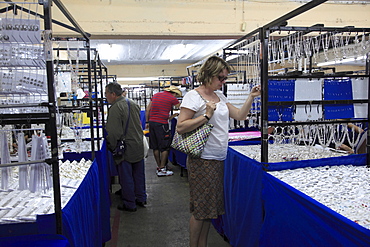
Silver Market, Taxco, colonial town well known for its silver markets, Guerrero State, Mexico, North America
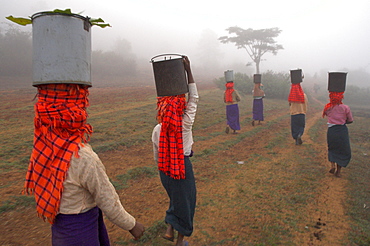
Villagers of the Pah Oh minority, fetching water from a well a mile and a half away, village of Pattap Poap near Inle Lake, Shan State, Myanmar (Burma), Asia

The famous Painted Ladies, well maintained old Victorian houses on Alamo Square, with the skyscrapers of the Financial district beyond, San Francisco, California, United States of America, North America

Two well dressed young men walking on zebra crossing with advertising posters and huge video screen in background, Shibuya, Tokyo, Honshu, Japan, Asia
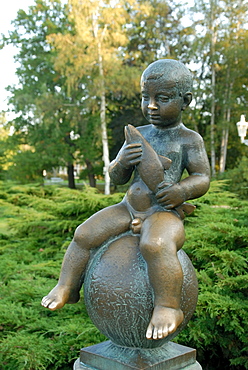
Statue of well-known boy holding a fish at spa Park of Solni and Lucni Spring in the spa town of Frantiskovy Lazne, Karlovarsky Region, West Bohemia, Czech Republic, Europe

Vegetation gowing well in the fertile soil of the volcanic caldera, Fogo (Fire), Cape Verde Islands, Africa
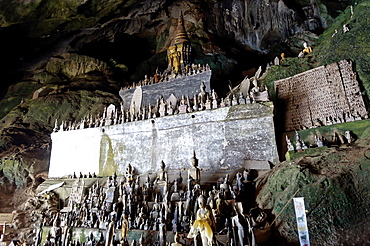
The Pak Ou caves, a well known Buddhist site and place of pilgrimage, 25km from Luang Prabang, Laos, Indochina, Southeast Asia, Asia
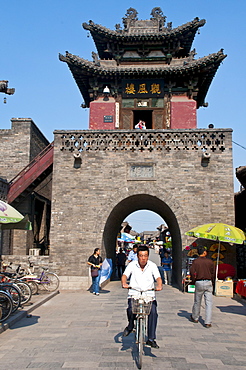
Stone gate in Pingyao, renowned for its well-preserved ancient city wall, UNESCO World Heritage Site, Shanxi, China, Asia

Stone gate in Pingyao, renowned for its well-preserved ancient city wall, UNESCO World Heritage Site, Shanxi, China, Asia
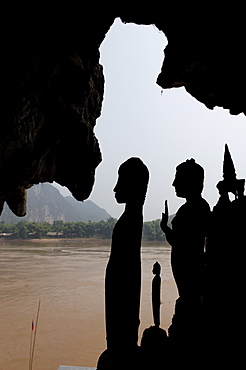
The Pak Ou caves, a well known Buddhist site and place of pilgrimage, 25km from Luang Prabang, Laos, Indochina, Southeast Asia, Asia

The famous Painted Ladies, well maintained old Victorian houses on Alamo Square, with the skyscrapers of the Financial district beyond, San Francisco, California, United States of America, North America

Well preserved wheelhouses (communal round houses), Jarlshof historic site, South Mainland, Shetland Islands , Scotland, United Kingdom, Europe
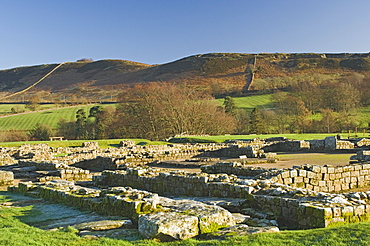
Headquarters building showing courtyard and well, Roman settlement and fort at Vindolanda, Roman Wall south, UNESCO World Heritage Site, Northumbria, England, United Kingdom, Europe
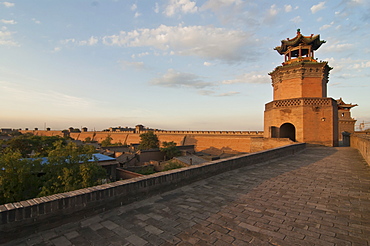
Overlook of Pingyao, renowned for its well-preserved ancient city wall, UNESCO World Heritage Site, Shanxi, China, Asia
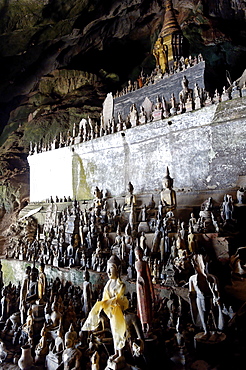
The Pak Ou caves, a well known Buddhist site and place of pilgrimage, 25km from Luang Prabang, Laos, Indochina, Southeast Asia, Asia
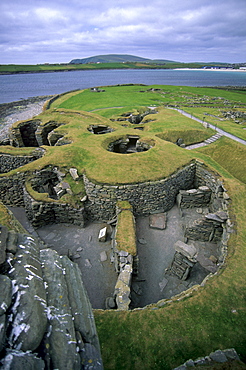
Well preserved wheelhouses (communal round houses), Jarlshof historic site, South Mainland, Shetland Islands , Scotland, United Kingdom, Europe
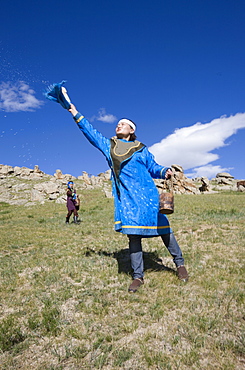
Horse milk is sprinkled into the four directions, as offerings to the nature spirits of the area, the sadak, or ?owners Of the earth.? Sometimes vodka is used instead, or as well. Milk is sacred to the mongol shamans, who believe that life on earth is descended from beings who originally came here on winged horses. Here two young female shamans make the offering in a ritual manner. Countryside mongols make this offering every morning on waking up; they usually also offer smoke, that the wind carries around the world as a prayer for harmony and prosperity. 13th century national park, tov province, mongolia. 13th century national park comprises chinggis khan's giant statue museum and live museum "town from 13 century". The ancient nomadic mini kingdom is located in the distance of 130 km east of ulaanbaatar in area of erdene zuu of tov province. It takes 2 hours driving on paved road. In the live 13th century kingdom one will see and experience the authentic lifestyle of mongols, who were lived in powerful mongol empire?s Period. This place gives you a same feeling that famous traveler marco polo and william rubruck felt once upon time

Large goanna at Pebbly Beach, well-known for its tame wildlife, Murramarang National Park, New South Wales, Australia, Pacific
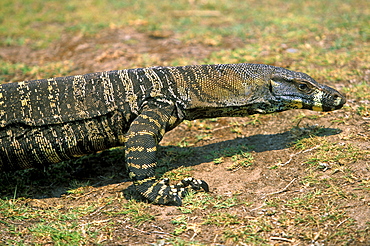
Large goanna at Pebbly Beach, well-known for its tame wildlife, Murramarang National Park, New South Wales, Australia, Pacific
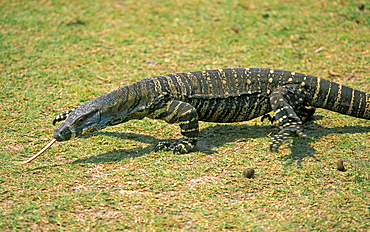
Large goanna at Pebbly Beach, well-known for its tame wildlife, Murramarang National Park, New South Wales, Australia, Pacific
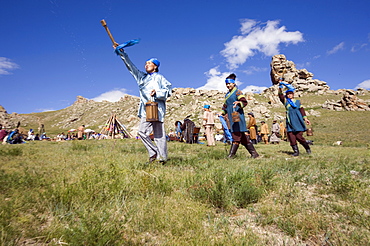
Horse milk is sprinkled into the four directions, as offerings to the nature spirits of the area, the sadak, or ?owners Of the earth.? Sometimes vodka is used instead, or as well. Milk is sacred to the mongol shamans, who believe that life on earth is descended from beings who originally came here on winged horses. Here two young female shamans make the offering in a ritual manner. Countryside mongols make this offering every morning on waking up; they usually also offer smoke, that the wind carries around the world as a prayer for harmony and prosperity. 13th century national park, tov province, mongolia. 13th century national park comprises chinggis khan's giant statue museum and live museum "town from 13 century". The ancient nomadic mini kingdom is located in the distance of 130 km east of ulaanbaatar in area of erdene zuu of tov province. It takes 2 hours driving on paved road. In the live 13th century kingdom one will see and experience the authentic lifestyle of mongols, who were lived in powerful mongol empire?s Period. This place gives you a same feeling that famous traveler marco polo and william rubruck felt once upon time
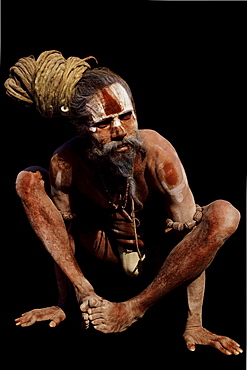
Aside from a life of simplicity focus on divine, many sadhus engage in a diverse array of practices both internal external in order to attain higher states of awareness consciousness. This sadhu chosen hatha yoga shows results--a well-disciplined, strong body--while holding kukkuta asana, or cock posture. India
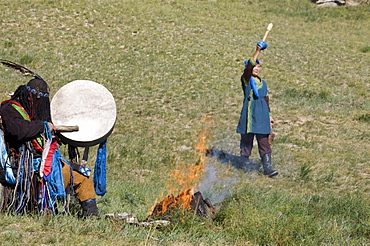
Horse milk is sprinkled into the four directions, as offerings to the nature spirits of the area, the sadak, or ?owners Of the earth.? Sometimes vodka is used instead, or as well. Milk is sacred to the mongol shamans, who believe that life on earth is descended from beings who originally came here on winged horses. Here two young female shamans make the offering in a ritual manner. Countryside mongols make this offering every morning on waking up; they usually also offer smoke, that the wind carries around the world as a prayer for harmony and prosperity. 13th century national park, tov province, mongolia. 13th century national park comprises chinggis khan's giant statue museum and live museum "town from 13 century". The ancient nomadic mini kingdom is located in the distance of 130 km east of ulaanbaatar in area of erdene zuu of tov province. It takes 2 hours driving on paved road. In the live 13th century kingdom one will see and experience the authentic lifestyle of mongols, who were lived in powerful mongol empire?s Period. This place gives you a same feeling that famous traveler marco polo and william rubruck felt once upon time

Rhomboid design with demon's face in the well-preserved murals at this adobe brick temple pyramid of the Moche people (100BC-AD850) in the desert north, Huaca de la Luna, Trujillo, Peru, South America
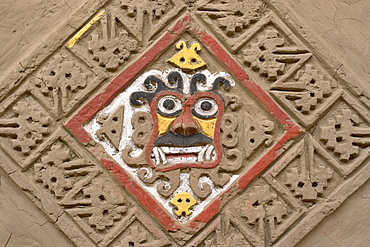
Rhomboid design with demon's face in the well-preserved murals at this adobe brick temple pyramid of the Moche people (100BC-AD850) in the desert north, Huaca de la Luna, Trujillo, Peru, South America

Rhomboid design with demon's face in the well-preserved murals at this adobe brick temple pyramid of the Moche people (100BC-AD850) in the desert north, Huaca de la Luna, Trujillo, Peru, South America

Hand's Well, Well Dressing commemorating the First World War, Tissington, Peak District National Park, Derbyshire, England, United Kingdom, Europe
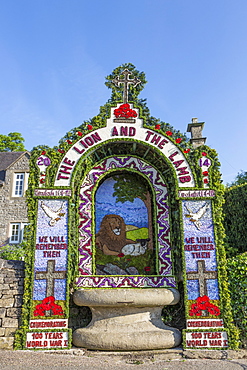
Hand's Well, Well Dressing commemorating the First World War, Tissington, Peak District National Park, Derbyshire, England, United Kingdom, Europe

French Polynesia, Marquesas Archipelago, Hiva-Oa Island, At Uona Village, Close Up Of Glass Syringe And Opium Flask Found In Painter Paul Gauguin Well (2001)
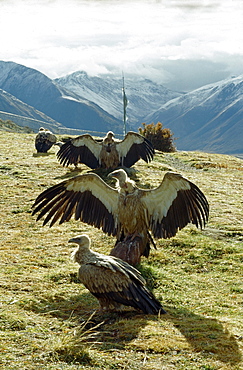
Vultures, drigung. bodies what we most attached to, says of monks. Thats offering ones body carries greatest merit. believe that should benefit other beings at every stage of ones life. After completion of powa ceremony, corpse is traditionally offered to great vultures lammergeiers that frequent charnel grounds. Vultures descend on flayed corpse. Offering bodies to birds is same as reciting mantras. It brings merit benefit to dead person as well as to family friends bring here. While cutting up corpse i to keep a pure compassionate mind. would feel if someone felt cutting up your body. -tomdenla. Tibet

Eyl is a town in somalias puntland state. The prominent clan in eyl district are yonis idiris, a sub-clan of isse mahamud, which in turn is a sub-clan of majeerteen. Eyl is near the hafun peninsula, the location of most of somalias casualties from the 2004 indian ocean tsunami., the tsunami resulted in the death of some 300 people and extensive destruction of shelters, houses and water sources as well as fishing gear. The livelihoods of many people residing in towns and small villages along the somali indian ocean coastline, particularly in the northern regions, were devastated
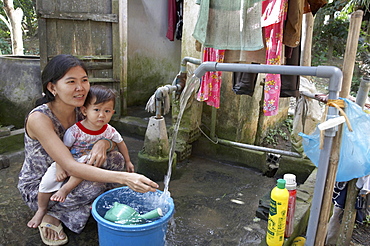
Vietnam community water purifying project in village of tam phu, tam pinh district in vinh long province. previously the community would take water directly from a canal, for drinking. thanks to this project, they now have safe drining water. fran thi bich ngoc and her child vo truong vy, taking safe drinking water from a faucet in their home
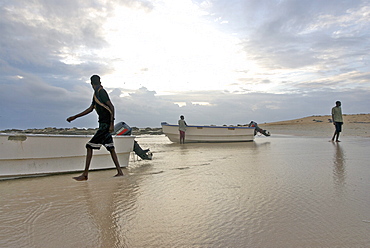
Hardest hit was a 650 kilometers stretch of the somali coastline between garacad (mudung region) and xaafuun (bari region), which forms part of the puntland province near the horn of africa. The tsunami resulted in the death of some 300 people and extensive destruction of shelters, houses and water sources as well as fishing gear. The livelihoods of many people residing in towns and small villages along the somali indian ocean coastline, particularly in the northern regions, were devastated
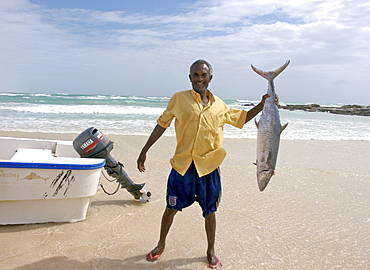
Hardest hit was a 650 kilometers stretch of the somali coastline between garacad (mudung region) and xaafuun (bari region), which forms part of the puntland province near the horn of africa. The tsunami resulted in the death of some 300 people and extensive destruction of shelters, houses and water sources as well as fishing gear. The livelihoods of many people residing in towns and small villages along the somali indian ocean coastline, particularly in the northern regions, were devastated
